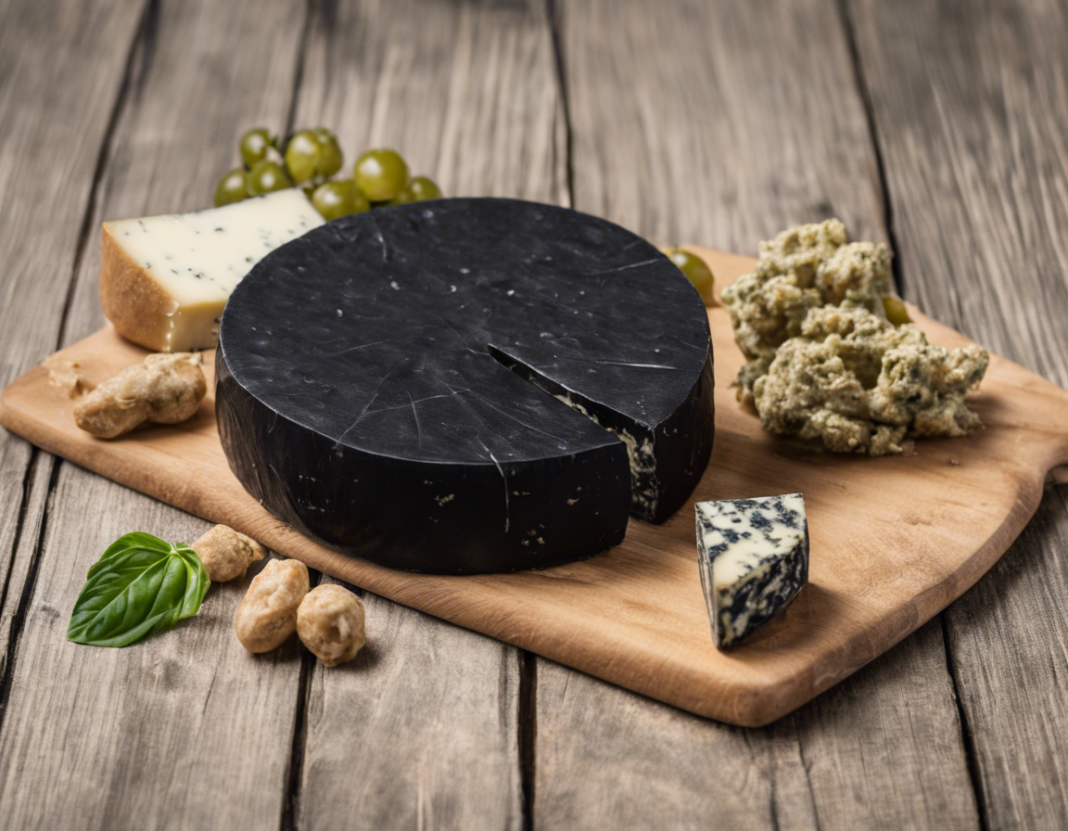When it comes to cheese, there are endless varieties to choose from, each offering its own distinct taste, texture, and aroma. One type of cheese that stands out for its uniqueness is black cheese. Although it might seem unconventional at first glance, black cheese has a rich history and a flavor profile that sets it apart from more traditional cheeses. In this article, we will delve into the world of black cheese, exploring its origins, production methods, taste profile, and culinary uses.
What is Black Cheese?
Black cheese, also known as “kashkaval”, is a type of cheese that is characterized by its dark brown to black rind. This color is achieved through a process called smoking, where the cheese is exposed to smoke during the aging process. The smoke can come from a variety of sources, such as wood fires, herbs, or even certain types of bacteria.
Origins and History of Black Cheese
Black cheese has a long history that dates back centuries. It is believed to have originated in the Balkan region, particularly in countries like Bulgaria, Romania, and Turkey. In these cultures, black cheese is a culinary staple that is often enjoyed on its own, paired with bread or crackers, or incorporated into various dishes.
Production Process
The production of black cheese typically involves the use of sheep’s milk, although cow’s or goat’s milk can also be used. The milk is heated and curdled using rennet, then the curds are pressed into molds and aged for a period of time. During the aging process, the cheese develops its characteristic black rind through smoking.
Flavor Profile
Black cheese has a distinctive flavor that sets it apart from other cheeses. The smoking process gives the cheese a deep, rich flavor with hints of caramel and nuttiness. The texture of black cheese can vary depending on the age of the cheese, ranging from semi-soft to firm.
Culinary Uses
Black cheese is a versatile ingredient that can be used in a variety of dishes. It can be grated over pasta, melted in sandwiches, or enjoyed on a cheese platter with fruits and nuts. In Balkan cuisine, black cheese is often used in traditional dishes like burek, a flaky pastry filled with cheese and other ingredients.
Health Benefits
Like other types of cheese, black cheese offers several health benefits. It is a good source of calcium, protein, and healthy fats. Additionally, the smoking process used to create black cheese can impart certain antioxidants and antimicrobial properties to the cheese.
Where to Find Black Cheese
While black cheese may not be as common as other types of cheese, it can often be found in specialty gourmet stores or ethnic markets. Alternatively, many online retailers offer a wide selection of black cheeses from around the world.
Frequently Asked Questions (FAQs)
Q: Is black cheese safe to eat?
A: Yes, black cheese is safe to eat as long as it is properly produced and stored.
Q: Can I make black cheese at home?
A: While it is possible to make black cheese at home, the smoking process can be challenging without the right equipment. It is recommended to purchase black cheese from a reputable source.
Q: Does black cheese have a strong smell?
A: The aroma of black cheese can vary depending on the type and aging process, but it generally has a rich, smoky fragrance.
Q: What are some good pairings for black cheese?
A: Black cheese pairs well with fruits, nuts, honey, and crackers. It can also be enjoyed with a glass of red wine or craft beer.
Q: How long does black cheese last?
A: Black cheese can last for several weeks when stored properly in the refrigerator. It is best to consume it before the expiration date on the packaging.
In conclusion, black cheese is a unique and flavorful addition to any cheese lover’s repertoire. From its distinctive color and taste to its rich history and culinary versatility, black cheese offers a sensory experience like no other. Whether enjoyed on its own or incorporated into dishes, black cheese is sure to leave a lasting impression on those who savor its complex flavors.
